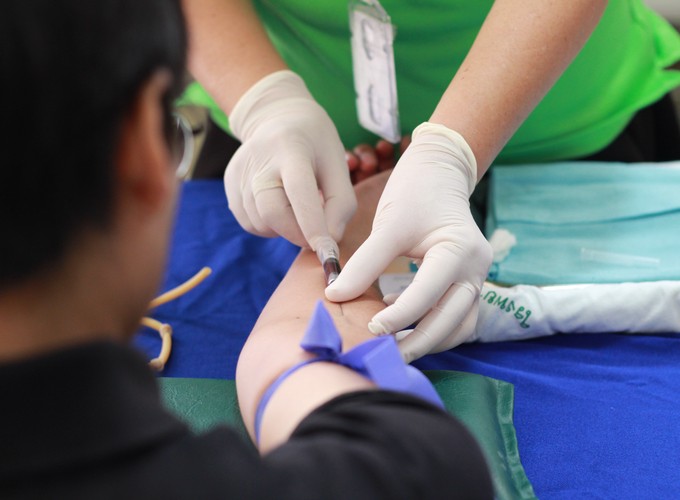The Las Vegas Mass Shooting: An Analysis of Blood Component Administration and Blood Bank Donations
 Photo by Pranidchakan Boonrom from Pexels
Photo by Pranidchakan Boonrom from Pexels
The Las Vegas Mass Shooting: An Analysis of Blood Component Administration and Blood Bank Donations
Abstract
BACKGROUND: The deadliest mass shooting in modern United States history occurred on October 1, 2017, in Las Vegas, killing 58 and overwhelming hospitals with more than 600 injured. The scope of the tragedy offers insight into medical demands, which may help guide preparedness for future mass shooting incidents. METHODS: Retrospective, deidentified, health care institution–provided data from all hospitals and blood banks providing care to Las Vegas shooting victims were gathered. Study authors independently reviewed all data and cross-referenced it for verification. Main outcomes and measures include the number of victims requiring hospital and intensive care admission, the amount and types of blood components transfused during the first 24 hours, and the amount of blood donated to local blood banks following the Las Vegas mass shooting. RESULTS: Two hundred twenty patients required hospital admission, 68 of them to critical care. Nearly 500 blood components were transfused during the first 24 hours in a red blood cell–to–plasma–to–platelet ratio of 1:0.54:0.81. Public citizens donated almost 800 units of blood immediately after the shooting; greater than 17% of this donated blood went unused. CONCLUSIONS: The amount of blood components transfused per patient admitted was similar in magnitude to other mass casualty events, and available blood supply met patient demand. The public call for blood donors was not necessary to meet immediate demand and led to resource waste. Preparation for future mass shooting incidents should include training the community in hemorrhage control, encouraging routine blood donation, and avoiding public calls for blood donation unless approved by local blood suppliers.